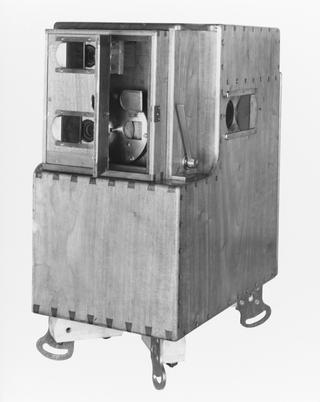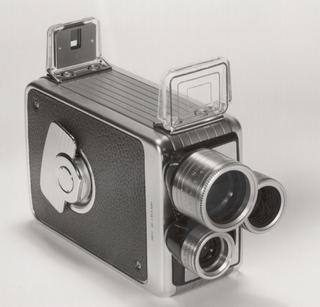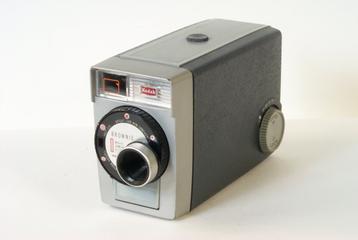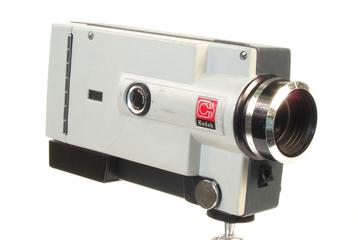
3D glasses
- Made:
- circa 2018 in China







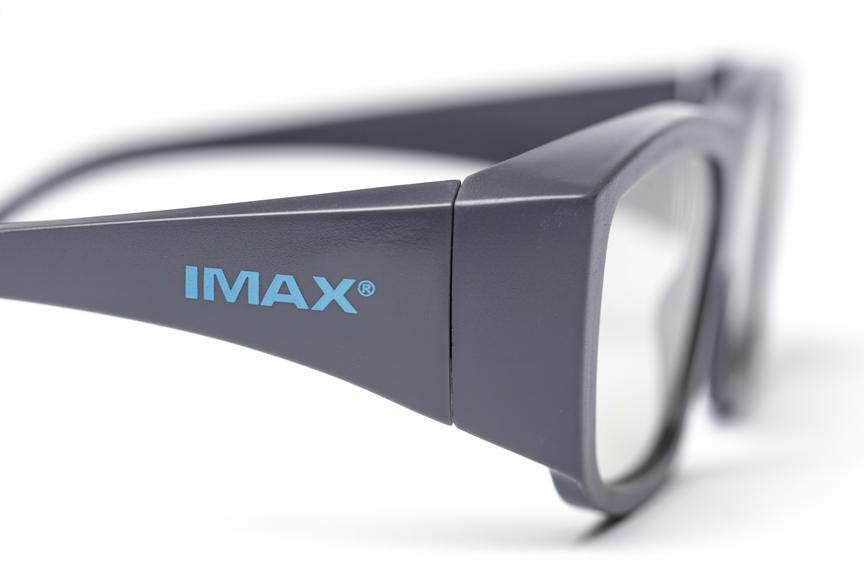


Pair of polarised 3D glasses as used for the IMAX cinema at National Science and Media Museum, 2018.
A polarized 3D system uses polarization glasses to create the illusion of three-dimensional images by restricting the light that reaches each eye.
To present stereoscopic images and films, two images are projected superimposed onto the same screen or display through different polarizing filters. The viewer wears glasses with a polarizing filter for each eye. The left and right filters have different polarizations, so each eye receives only the image with the matching polarization. This is used to produce a three-dimensional effect by projecting the same scene into both eyes, but depicted from slightly different perspectives with different polarizations.
As the National Museum of Photography, Film and Television, NSMM, was the venue for the first IMAX cinema in Europe, opening in 1983. The IMAX cinema continues, but now uses digital rather than analogue projection technology.
Details
- Category:
- Cinematography
- Object Number:
- 2019-242
- Materials:
- plastic (unidentified)
- Measurements:
-
overall: 48 mm x 145 mm x 147 mm,
- type:
- 3d glasses

